Microsoft Surface Pro 3 vs Surface Pro 2
Bigger and better, or more of the same?
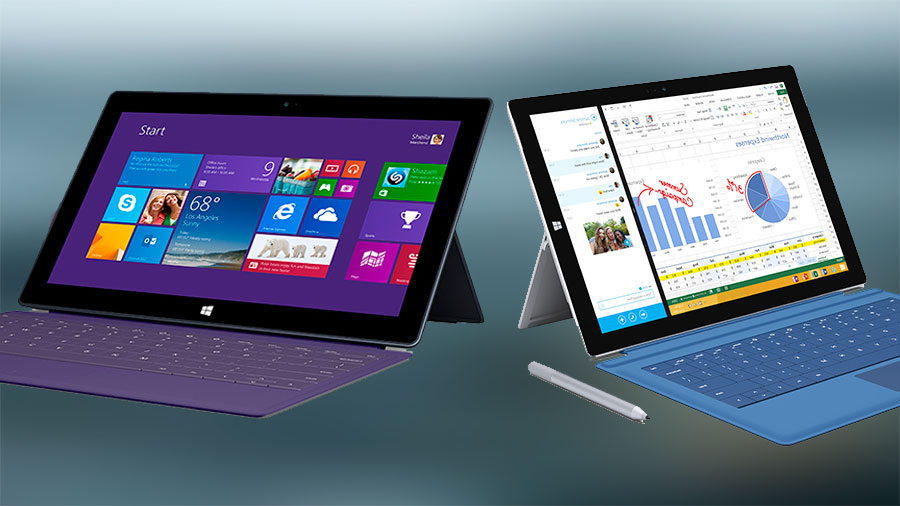
Microsoft marketed the Surface Pro 2 as "the tablet that's got it all," but apparently that wasn't quite true, given the big leap forward the Windows maker has made with the announcement of the Surface Pro 3.
Although everyone anticipated Microsoft would unveil a smaller Surface (and the event invitations seemingly confirmed such a device), the folks in Redmond went in the other direction, bypassing a new model of its ARM-based Surface tablet in favor of a larger Surface Pro instead.
Available for pre-order starting Wednesday, May 21, the Surface Pro 3 certainly looks like it lives up to Microsoft claims that it's "the tablet that can replace your laptop," but is it marketing hype or truly a significant upgrade to the Surface Pro 2?
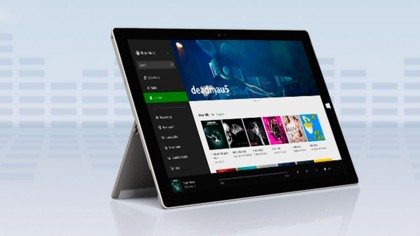
Screen
The Surface Pro 3 is certainly larger than its predecessor, with a 12-inch diagonal ClearType Full HD screen that abandons the previous 16:9 aspect ratio of earlier models for a unique 3:2 aspect ratio. That makes for a nice 38% increase in screen estate compared to the Surface Pro 2's 10.6-inch display.
But it's not just about the size of the screen: Surface Pro 3 also packs in 2160 x 1440 pixels compared to the Pro 2's 1920 x 1080 (a 50% increase) for what Microsoft calls a "pixel-free" display with the highest contrast ratio in the industry. Windows 8.1 also includes optimized scaling specific to the Surface Pro 3.
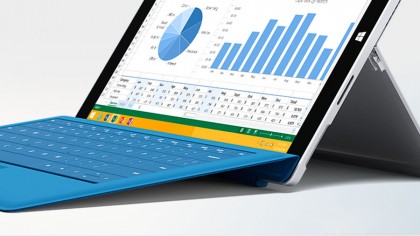
Design
There's no mistaking the Pro 3 is a Microsoft Surface product, although the 0.36-inch (9.1mm) thin build certainly makes the 0.53 inches (13.462mm) Surface Pro 2 look downright pudgy by comparison.
For further comparison, Microsoft claims Surface Pro 3 is half as thick as one of Apple's MacBook Pro notebooks, and even 30% thinner than its slimmest 11-inch MacBook Air model.
Get daily insight, inspiration and deals in your inbox
Sign up for breaking news, reviews, opinion, top tech deals, and more.
Surface Pro 3 is also made from a silver-hued magnesium, which Microsoft claims has been custom machined and "designed to fit" compared to the Pro 2, which was made from dark titanium.
Perhaps Microsoft's most impressive feat with the Pro 3 is how they were able to slim down an even larger device, which weighs in at only 800g (1.76 lbs.) compared to the Pro 2's heavier two pounds (just a hair over 907g).
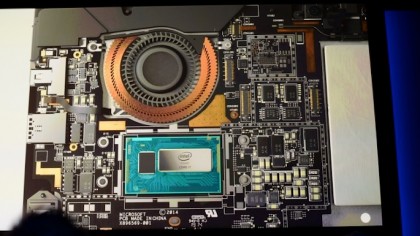
Processor
For all the effort Microsoft engineers put into slimming down Surface Pro 3, it might be easy to forgive the company for sacrificing on what's inside, if that was the case. Judging from the amount of time Redmond spent detailing the guts of its latest tablet, the Surface Pro 3 seems like it can handle whatever is thrown its way.
For starters, Microsoft claims Surface Pro 3 is the "thinnest Intel Core product ever made" - a bold claim that applies even with a Type Cover attached. And for the first time ever, Microsoft has found a way to cram a more powerful Intel Core i7 processor into such a diminutive frame.
By comparison, last year's Surface Pro 2 topped out with a fourth-generation Intel Core i5 processor, although the Pro 3 will be available in i3, i5 and i7 flavors to suit most any budget.
Last but not least, Surface Pro 3 takes the "fanless" concept to new heights, with what Microsoft claims is a 30% more efficient cooling system than any other product on the market.
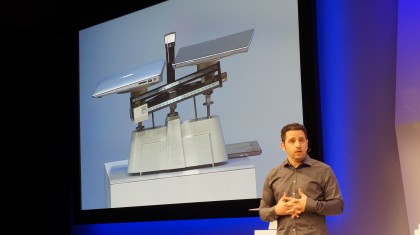
Battery
Faster processor equals less battery life, right? Not so fast, says Microsoft, which claims the Surface Pro 3 manages to squeeze out more than 20% battery life compared to previous models. This is in keeping with the company's new "no compromises" mantra.
In the case of Surface Pro 2, Microsoft proclaimed seven to 12 days of idle life, although their official specs fell short on how many hours it might last while in use. Our own tests of the Pro 2 managed just short of seven hours on average use - not quite MacBook Air numbers, but still improved from the original Surface Pro.